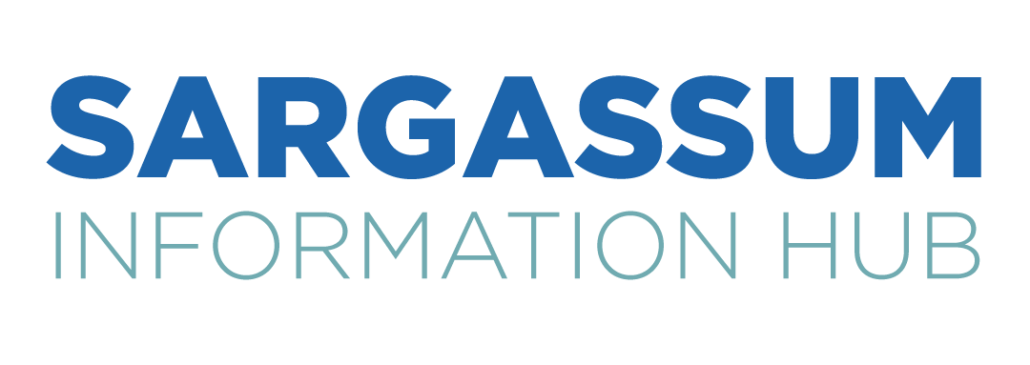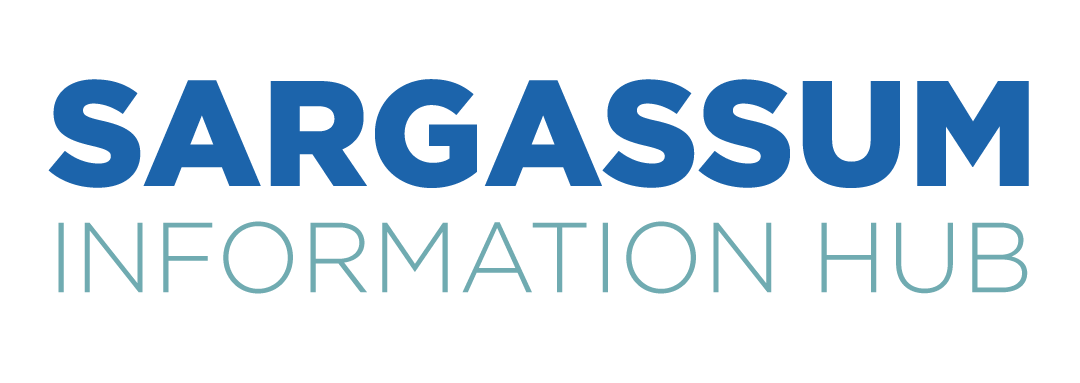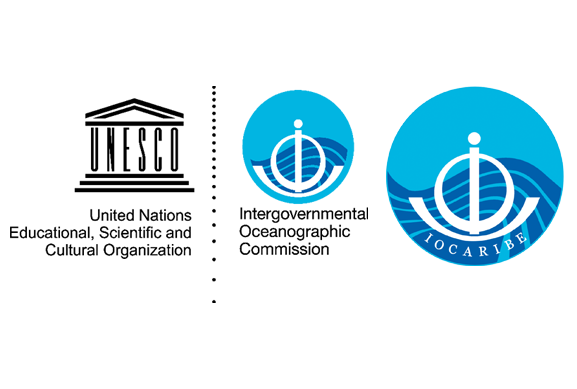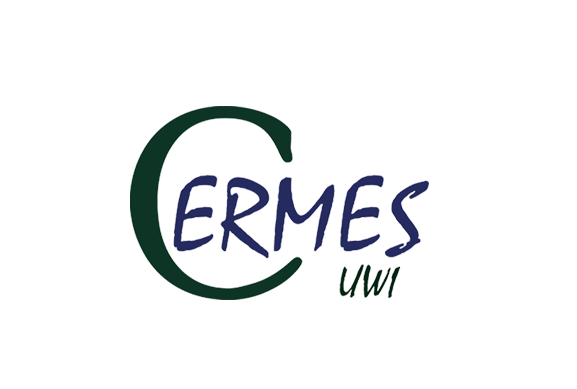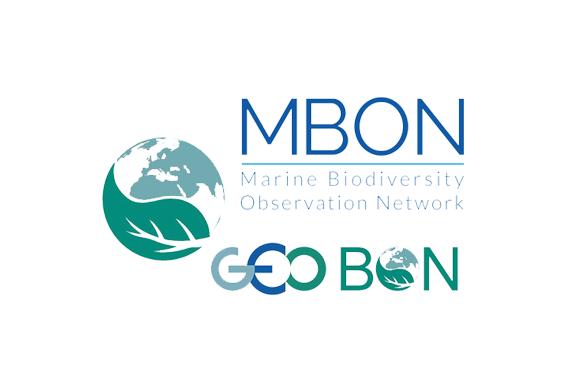Montserrat is one of three countries participating in the Sustainable Sargassum Management in Anguilla, British Virgin Islands and Montserrat project led by the Caribbean Natural Resources Institute (CANARI). The project aims to enhance the knowledge, institutional frameworks, experience and commitment of coastal and marine resource managers and users in Anguilla, BVI and Montserrat to manage the ecological and socio-economic risks from sargassum influxes. Under the project, a 2023 Draft Sargassum Adaptive Management Strategy (SAMS) was developed for Montserrat, primarily to “build resilience to threats from influxes of sargassum seaweed, turning the potential threats where possible into adaptive opportunities for sustainable development.”
While sargassum inundations have impacted the northeastern coast, management continues to be ad hoc and reactive in Montserrat for a number of reasons. These include: low recreation and tourism importance, rather inaccessible locations of the inundations, and reliance on the natural removal of the seaweed during the months where ground swells are prevalent. There is also no established management plan or formal sargassum task force to deal with sargassum influxes.
Although there is no authority responsible for coordinating sargassum removal, The Department of Environment (DoE) and the Montserrat Tourism Division have been involved in some clean-up efforts. On a smaller scale, residents of some impacted communities, civil society groups, coastal businesses and fisherfolk organisations, have conducted independent clean-ups.
